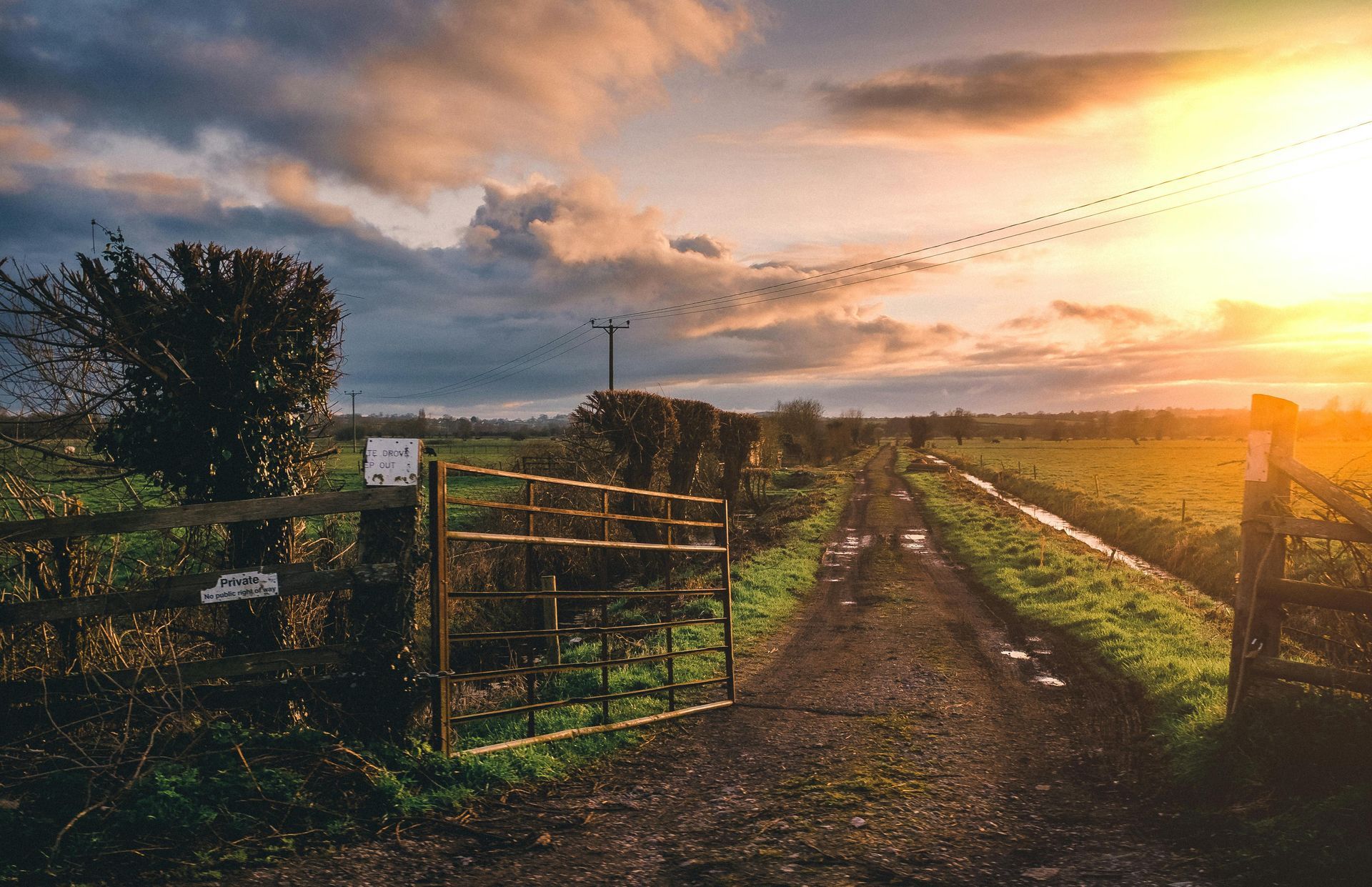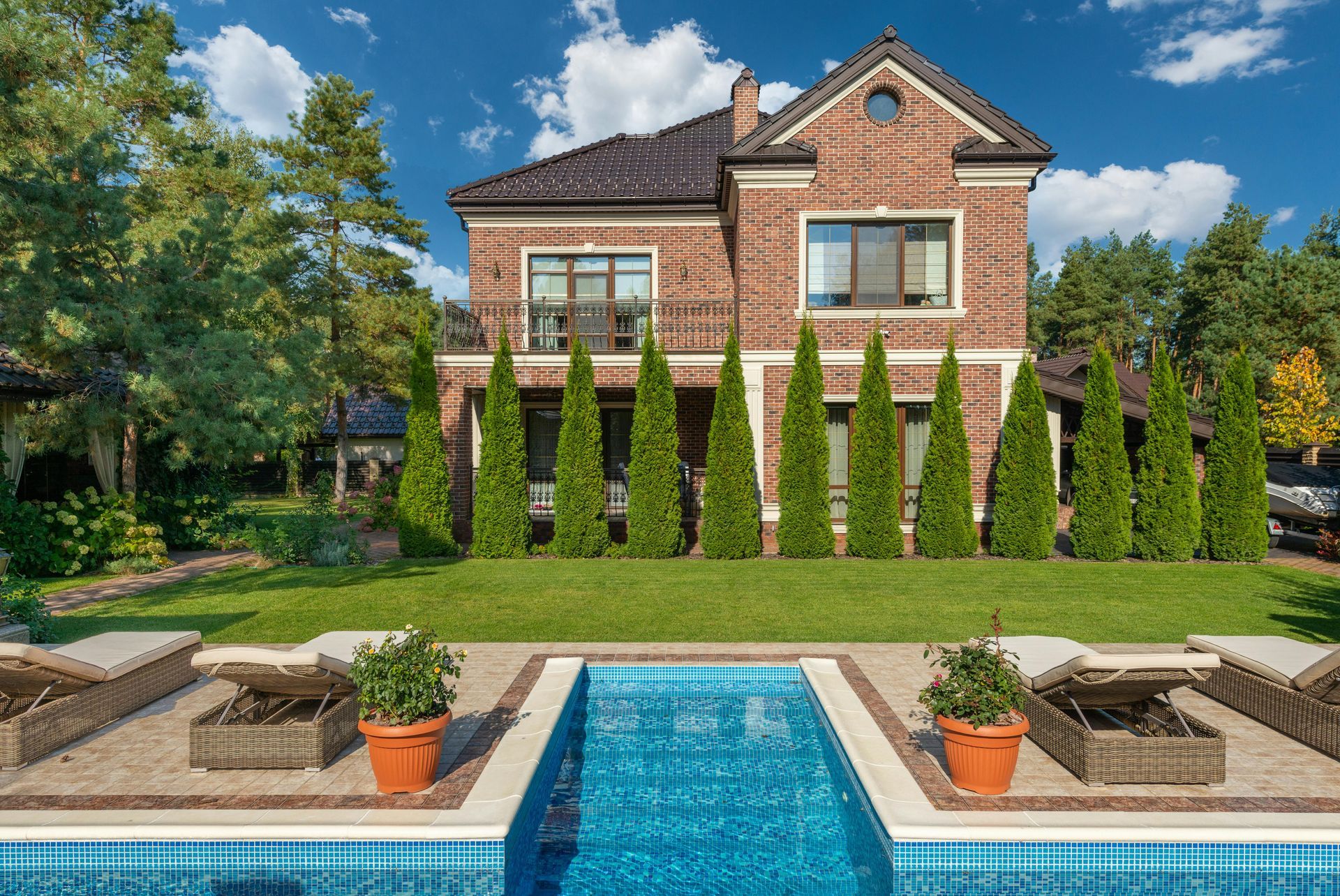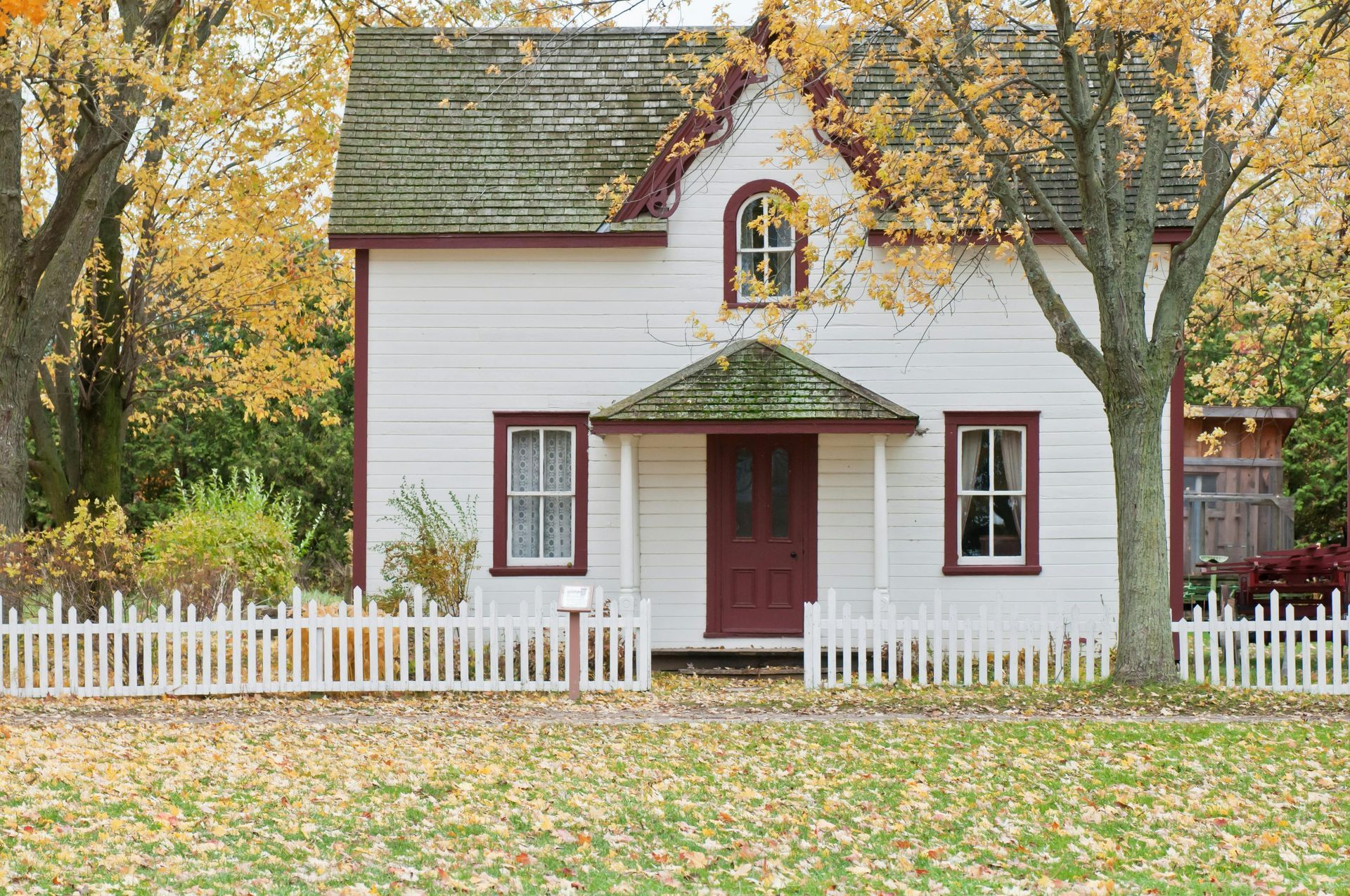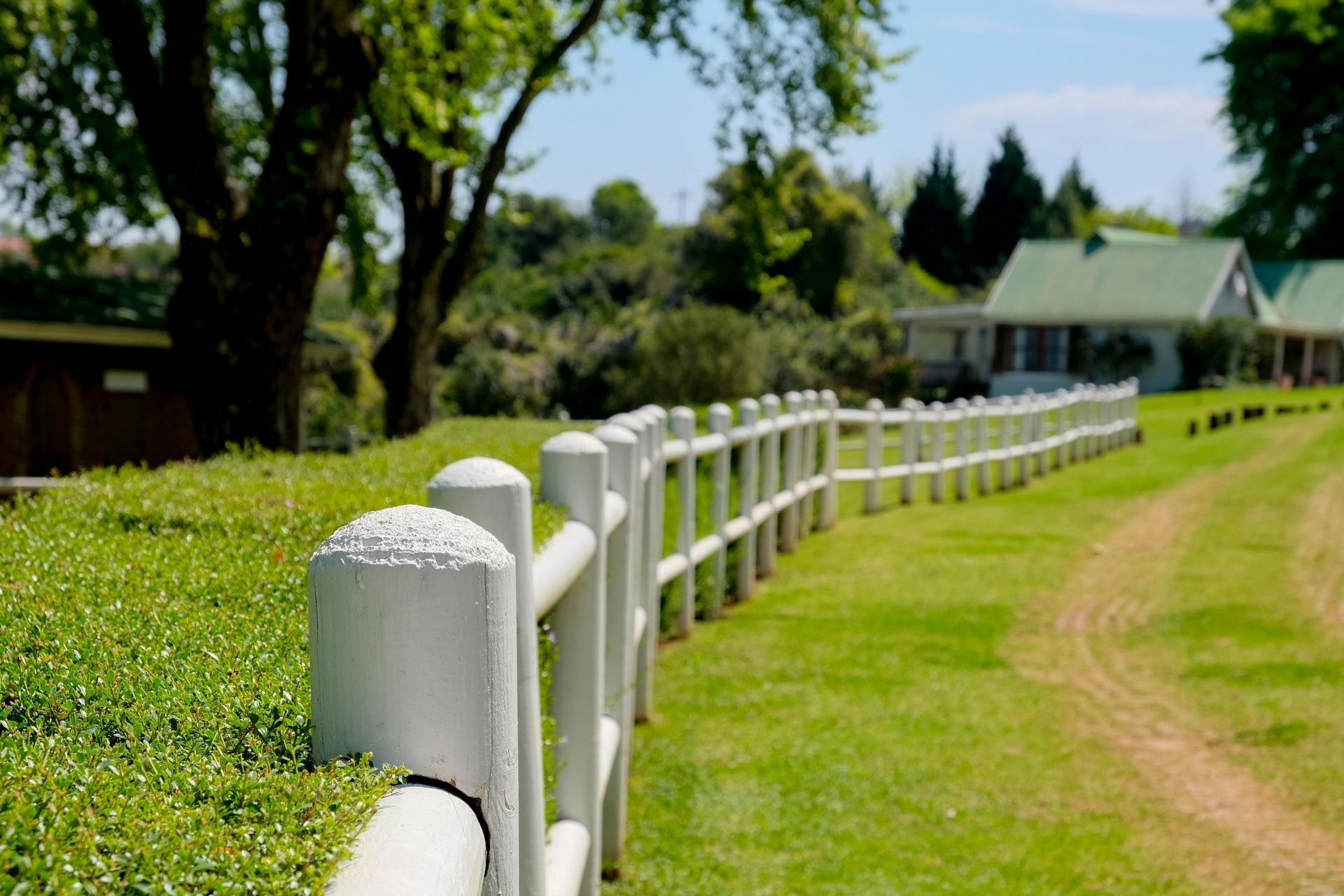The Shared Fence Dilemma: A Guide to Splitting Costs and Maintaining Neighborly Relations
How to handle fence repairs and replacements with neighbors
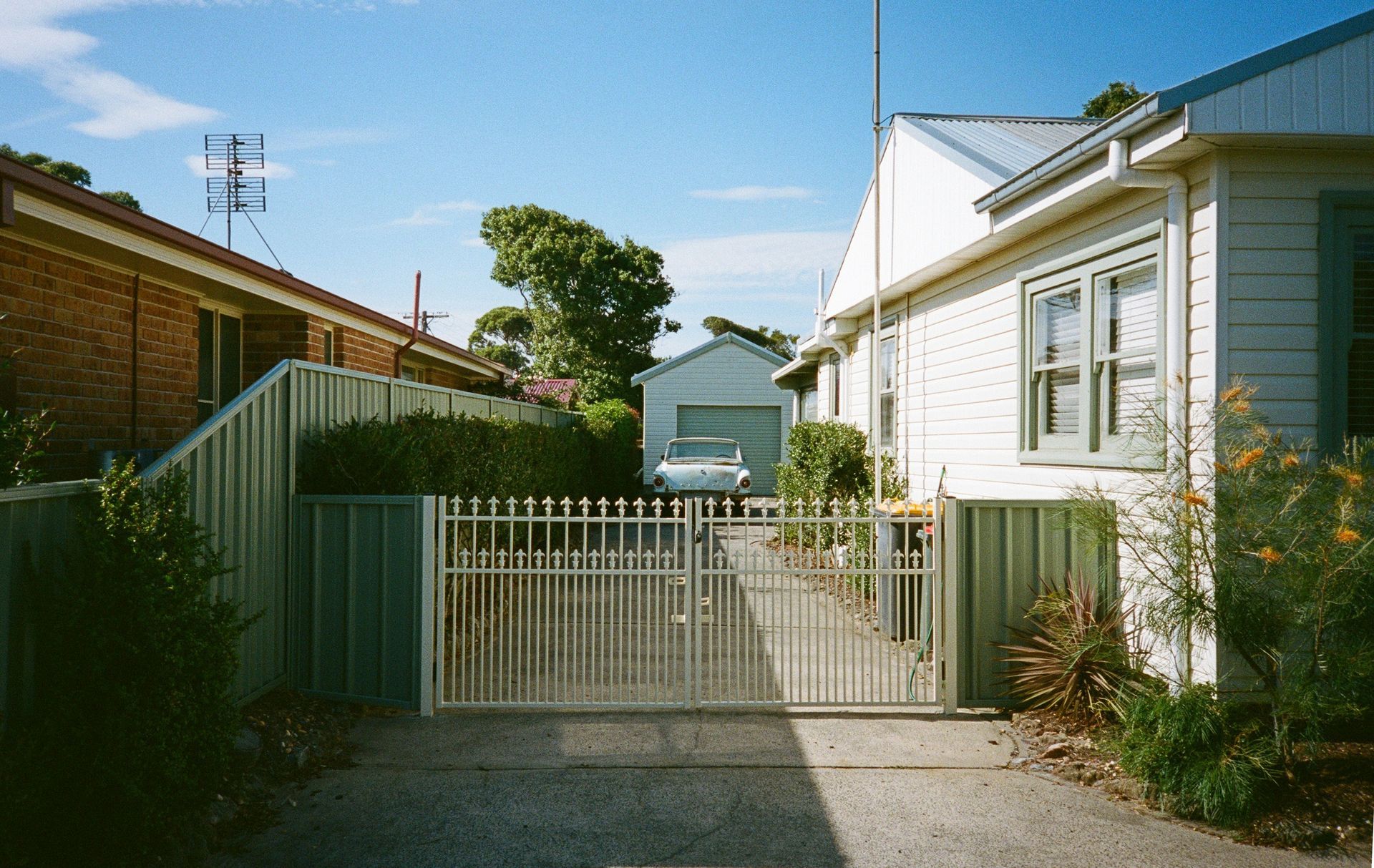
Fencing is deeply personal—it defines your space, provides security, and reflects your home’s style. But when that boundary fence sits directly on the property line, it instantly becomes a shared concern. Navigating the process of repairing or replacing a residential fence with a neighbor can feel complicated, especially when trying to balance budget, design preference, and, most importantly, maintaining neighborly relations.
At Rolling Acres Fencing, we frequently guide homeowners across Central Pennsylvania—from State College to Bellefonte and Harrisburg—through these shared projects. We know that a successful shared fence project isn't just about the installation; it's about clear communication, fairness, and mutual agreement. Here is our expert guide on how to approach the shared fence dilemma, ensure a fair cost split, and keep the peace with your neighbors.
Step 1: Know Your Lines and Local Law
Before you even talk about style or price, you need clarity on ownership. The first step in any shared fence project is establishing where the existing fence truly sits and what local rules govern it.
- Determine the True Boundary: Even if the old fence has been there for decades, it may not be on the precise property line. The only sure way to determine the legal boundary is through a property survey. While this adds a small upfront cost, it saves immense headaches and legal fees down the road. This step is critical in areas like Boalsburg where properties may have evolved.
- Understand Local Bylaws: Every municipality in Central Pennsylvania—from Lemont to Centre Hall—has specific codes regarding residential fences. These dictate maximum height, setbacks (how far the fence must be from the property line), and material restrictions. Ensure any proposed fence replacement adheres to these rules before bringing the plan to your neighbor.
Step 2: Starting the Conversation with Diplomacy
A fence conversation should never be an ambush. The key to a successful shared fence project is presenting the issue collaboratively, not confrontationally.
- Initial Approach: Start the conversation informally. Invite your neighbor over for coffee or simply approach them face-to-face. Begin by stating the problem clearly and neutrally (e.g., "Our shared fence is rotting and poses a safety risk to both yards").
- Focus on Mutual Benefit: Frame the project as a shared solution that protects both properties. Highlight the benefits of a new high-quality fence: increased property value, enhanced security, and elimination of the eyesore of the old fence.
- Be Prepared to Compromise: While you might desperately want a modern aluminum fence, your neighbor might prefer a traditional wood fence due to budget or aesthetics. Enter the conversation with at least two viable options and a willingness to meet in the middle.
Step 3: Navigating the Financial Split
The default assumption for a shared fence that sits precisely on the property line is that the cost should be split 50/50. However, this isn't always fair or feasible, and flexibility is key to maintaining neighborly relations.
- The 50/50 Baseline: For a basic, functional fence (e.g., standard chain-link or basic wood), a 50/50 split is usually the most equitable solution.
- The Custom Upgrade Rule: If you desire a significant upgrade that primarily benefits your side (e.g., a much taller vinyl privacy fence when your neighbor only needs a standard boundary), be prepared to cover the difference in cost between the standard option and your preferred upgrade. For example, if the basic fence costs $5,000 and your preferred upgrade costs $8,000, offering to pay the extra $3,000 often resolves the financial disagreement.
- The "Good Side" Dilemma: In the past, disputes arose over who got the "good side" (the finished side without exposed posts). With modern, "neighbor-friendly" fences like shadow box wood designs or vinyl panels that look identical on both sides, this issue is minimized. Our installation specialists ensure that the finished product looks clean and attractive from both properties.
- Document Everything: Once an agreement is reached, document it in writing. This simple step—outlining the chosen material, height, total cost, and the agreed-upon split—prevents future miscommunication, protecting both parties and the investment.
Step 4: Choosing Materials for Mutual Satisfaction
The choice of fencing material should serve both properties equally. Since the fence becomes part of both homes' aesthetics, mutual satisfaction is essential.
- The Neutral Aesthetic: When selecting a fence for a shared line in Port Matilda or Pine Grove Mills, consider neutral options. Vinyl fencing is excellent because its panels are uniform and require zero maintenance from either side. Aluminum fencing offers security and visibility without imposing on the landscape.
- Durability and Shared Investment: Always prioritize durable materials. When both parties are financially invested in a high-quality fence, the incentive to maintain it and ensure its longevity is shared. Our professional fence contractors recommend materials known to perform well in the Central PA climate to reduce the chance of either neighbor having to pay for unexpected repairs in the short term.
Step 5: Maintenance and Long-Term Agreements
A written agreement on the cost split should also include a brief statement regarding future maintenance and repairs. Who will address a storm-damaged section? Who will pay for periodic cleaning?
- Proactive Planning: If you install a low-maintenance vinyl or aluminum fence, this future commitment is essentially nullified—one of the great benefits of choosing these materials.
- Professional Repair: Agree to always use a professional and insured fence company like Rolling Acres Fencing for any major repairs, ensuring the work is done correctly and safely.
By approaching your shared fence project with clarity, legal knowledge, and an open mind, you can ensure the project is completed smoothly and successfully. The end result is a beautiful, secure fence that strengthens your property and preserves the most important asset of all: your relationship with your neighbor.


